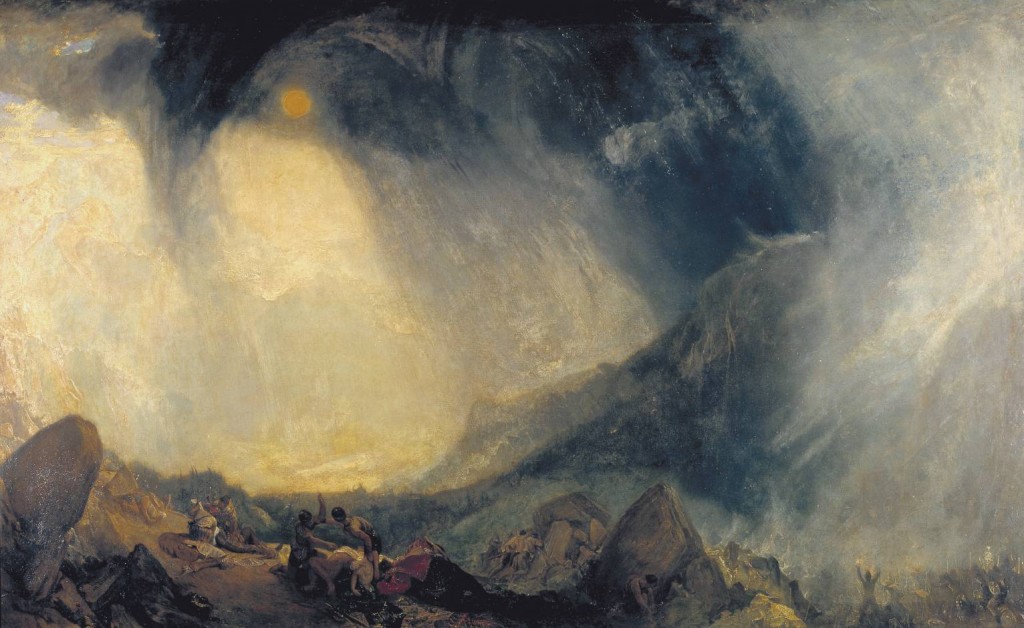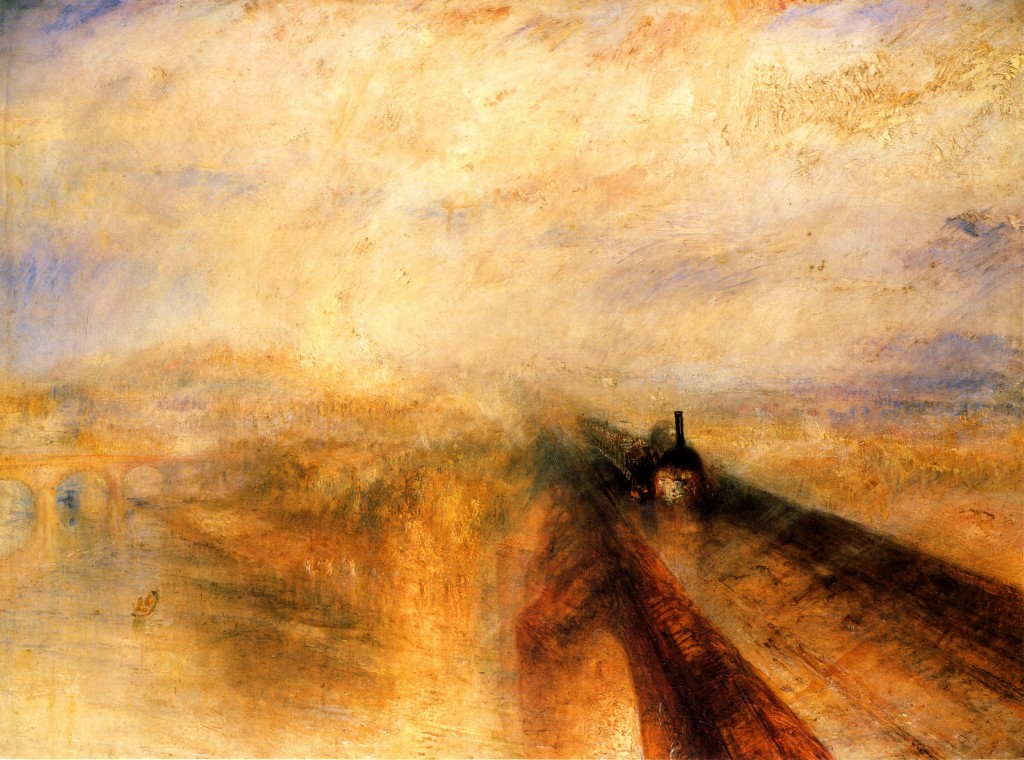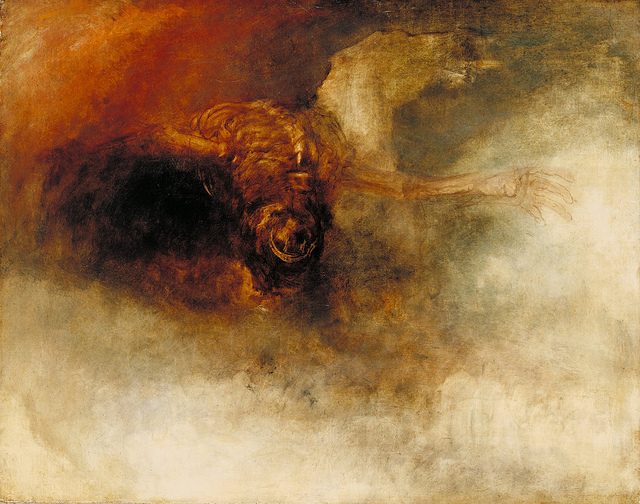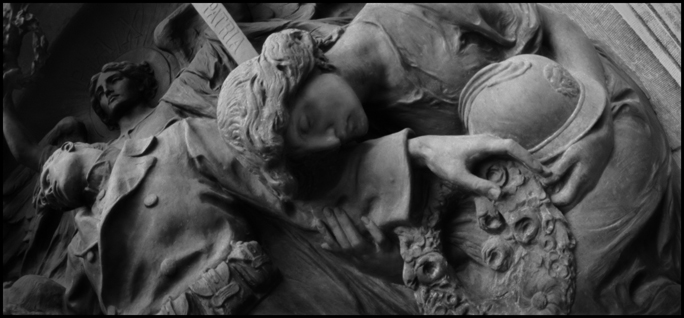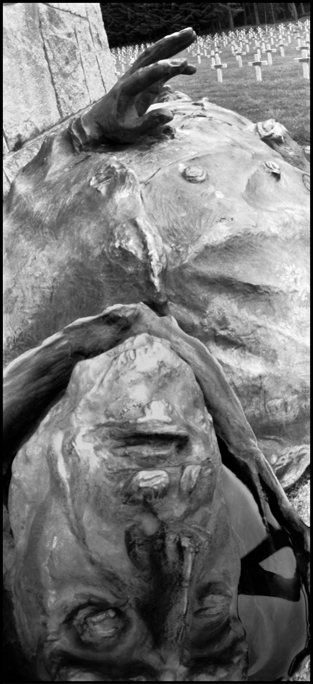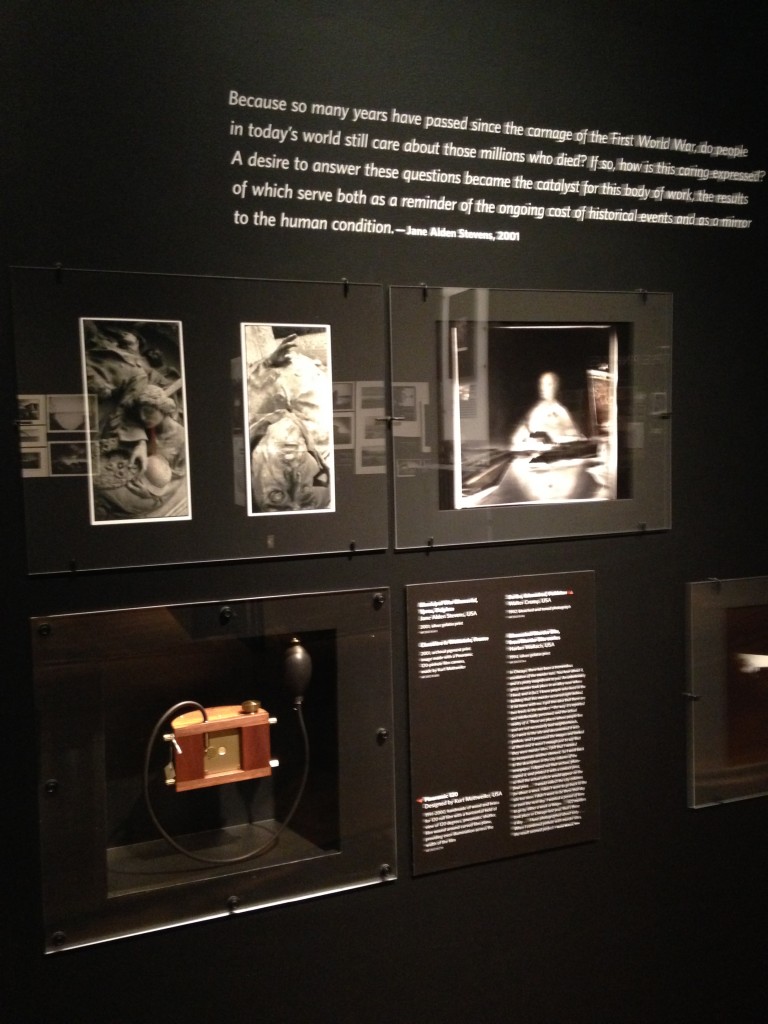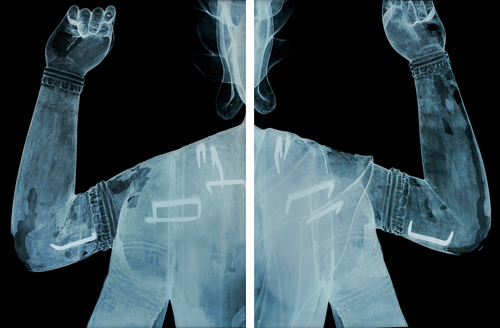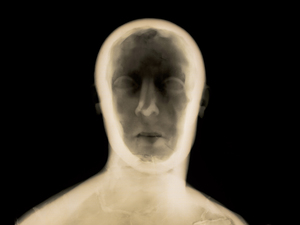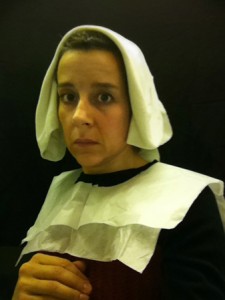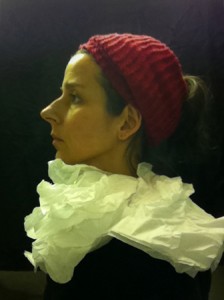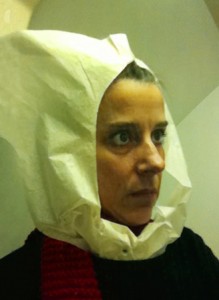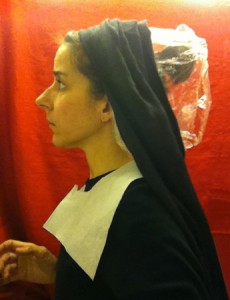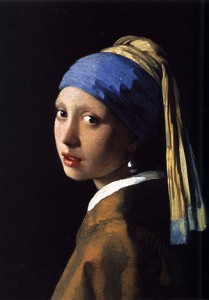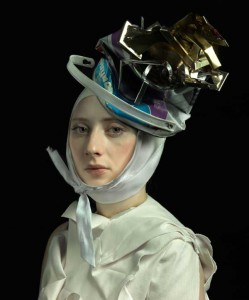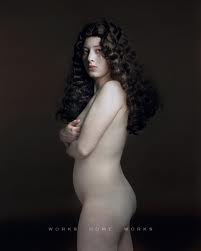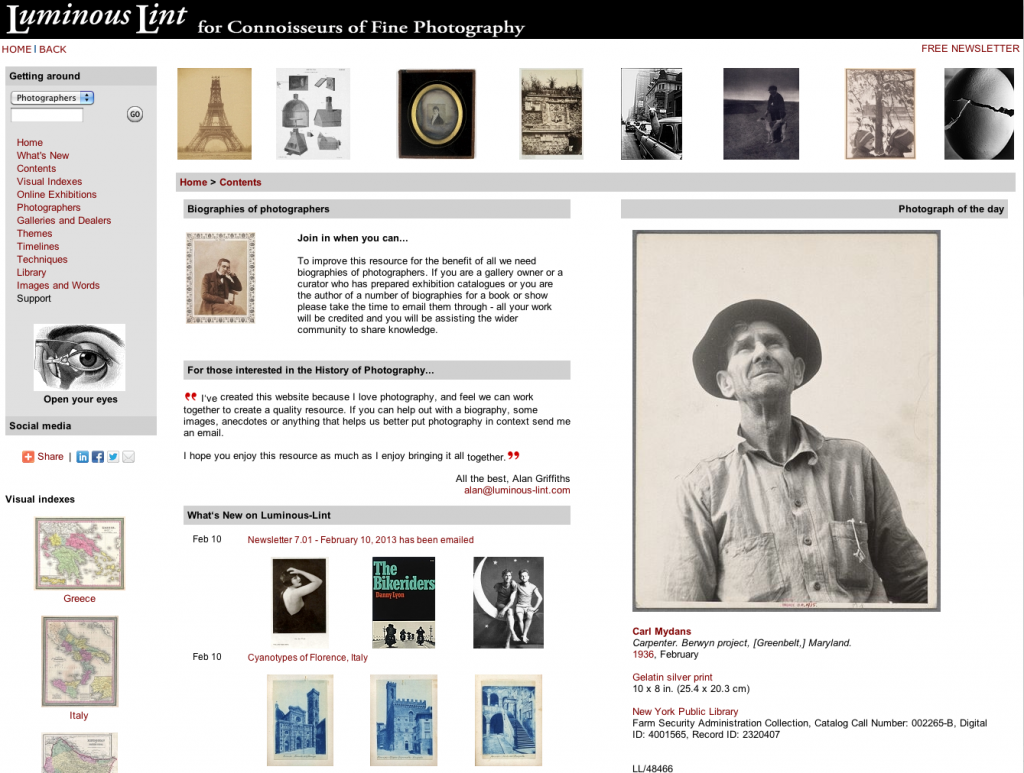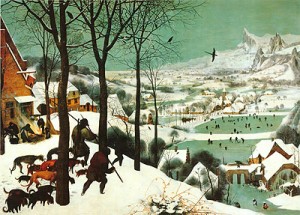In 2015, the New York Times ran a series of articles written by a variety of people that addressed the following question: "What cultural work or encounter do you wish you could experience again for the first time?"
The authors wrote about concerts, books and films that had had a profound impact on them, each of which they wished they could experience again for the first time. For me, there have been two such cultural experiences, one of which I blogged about in 2014:
[embed]http://janealdenstevens.com/?p=1382[/embed]
The other experience took place during a visit to New York City in the mid-1970’s. I decided one day to visit the Museum of Modern Art (MOMA) in order to see in person some of the artworks that I had studied in art history classes in college. I had no particular agenda for this visit, no works that I specifically wanted to see. After having taken in the art on the first two floors, I started up the flight of stairs that would take me to the next level. Doing so meant going up a short flight of stairs, turning 90˚ to the right, ascending another short flight, then turning another 90˚ to take the final steps up to the third floor. As I ascended that last section, I became aware that a large painting was coming into view with each step I climbed. It was enormous, it was black and white, it was riveting.
It was Picasso's “Guernica”.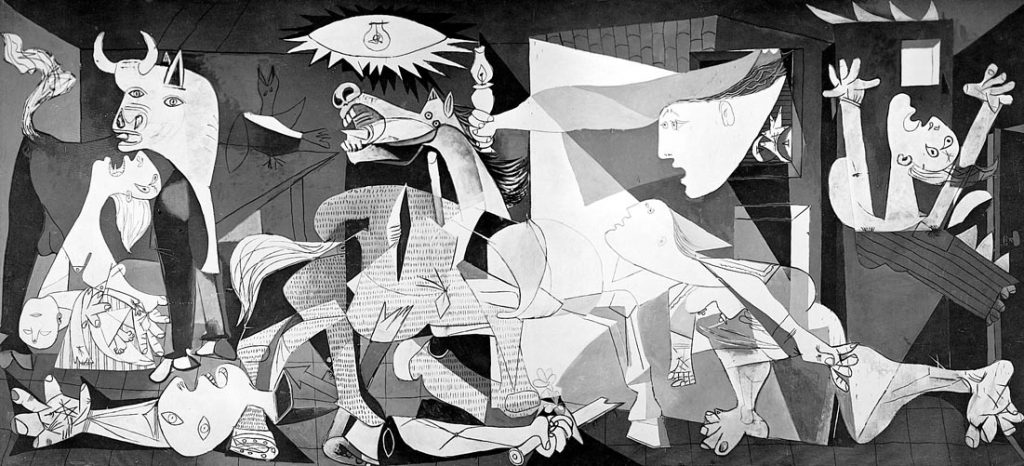
Although I had seen this painting in reproduction many times before, I was stunned when encountering it in person. It is one thing to see a photograph of an artwork in a book, or as a projection or screen image, and quite another to experience it in real life. Nothing had prepared me for the violence, the authority, the command of this painting.
I stood there at the top of the stairs, unable to move, not knowing where to begin or even what to think. It was as if all thought had been stripped from my brain, leaving a blank slate behind. I can’t say exactly how long I stayed there examining and thinking about the painting, but I do know that it was a good long time. I left MOMA without having looked at anything else.
I was aware that "Guernica" was going to be sent back to Spain eventually (it was, in 1981), and that this was probably the only time that I would be able to see it in person. So I drank it in while I could, all the while wondering how a painting could evoke such a visceral response in me.
Looking back, I understand that my reaction arose from a combination of things: the way the painting came slowly into view as I ascended the stairs, the powerful content of it, the fact that it was in black, gray & white, the abstract method used to paint it, the relationship of the figures to each other, and my total lack of expectation about what I was going to see as I climbed those steps.
I think of that day often, as it was the first time that I realized how potent and personal art could be, and wish I could see "Guernica" for the first time again.


